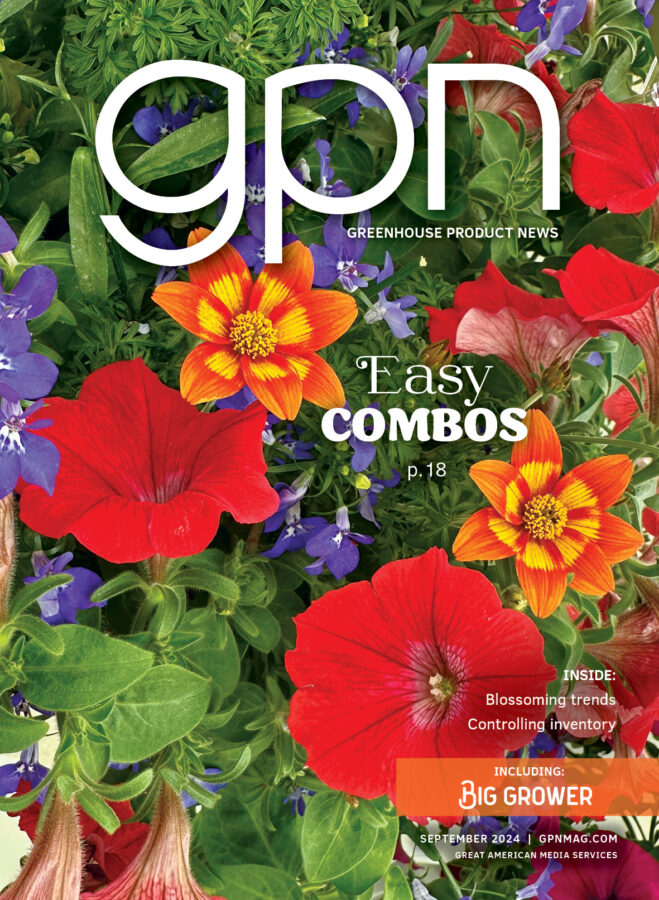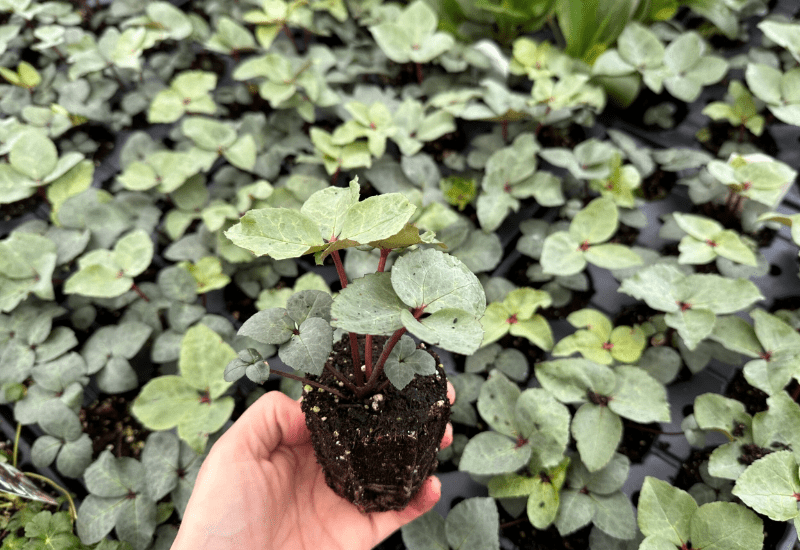
Mitigating shrink in the production greenhouse
While the World Health Organization declared that COVID-19 is no longer a global health emergency over a year ago, the pandemic had a massive impact on the green industry and triggered ripple effects on the economy and the labor market that we’re still feeling today.
After two seasons of pandemic-fueled growth, most growers took a more modest approach to production in 2022 and 2023, holding the reins even tighter this season as focus moved to ways of decreasing input costs and increasing margins.
Customers have become more discretionary with spending in the face of inflation, and the last thing we want to do is overproduce and wind up with excess inventory that can’t be turned into dollars.
As we all seek to improve our bottom line, reducing shrink is key to maximizing profits and cutting down on waste.
FINDING THE RIGHT MIX
One of the questions growers are most commonly asked is: “How do you decide what to grow?”
The answer to this can vary widely from one company to the next, but it’s often dictated by a combination of customer demand, consumer trends, geography, availability of liners, ability to grow certain plants and company philosophy. The individual tastes and preferences of growers and managers also play a role in the decisions.
Regardless of the formula used to develop production plans, finding the right product mix is a fundamental first step when it comes to reducing shrink in the greenhouse industry (or any type of business, for that matter).
Ultimately, the goal is to develop a product mix that allows us to maximize sell-through while minimizing risk. When we think about risk as it relates to nursery production, overproduction typically comes to mind first. Whether it’s growing too many of a specific variety or growing more plants than we can sell in a single season, overproduction negatively impacts margins.
On the other hand, if we approach production too conservatively, we risk missed opportunities. There are some plants that we need to have on hand all season or we’re guaranteed to lose sales.
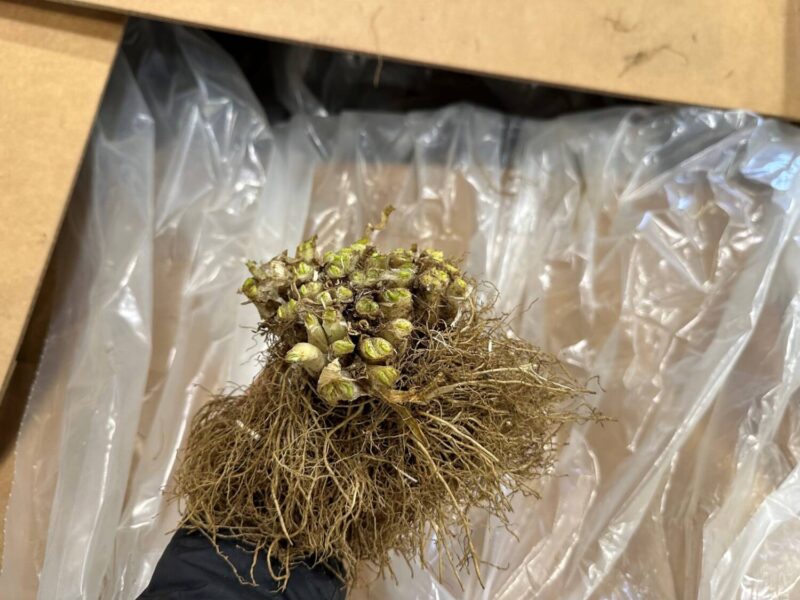
At Mariani Plants, we refer to them as our “never-out” varieties. They include things like ‘Annabelle’ hydrangea and ‘Millenium’ allium, and they’re on almost every order we ship. These plants are our order-starters, and if we don’t have them available our customers will order them from someone else.
We also need to consider that some plants are riskier to grow than others because of factors like increased susceptibility to disease, difficulty in propagation or marginal hardiness. These “problem plants” vary from nursery to nursery based upon, among other things, location, infrastructure and resources.
For instance, some of the cool season grasses and hybrid heuchera cultivars that struggle in the heat and humidity of a Midwest summer will thrive for growers in the Northwest. By the same token, Hydrangea paniculata is challenging to grow in regions with mild, wet winters, but we can overwinter them by the thousands with relatively few issues at our container nursery in Illinois.
And then, there are the plants that require extra labor, time or inputs.
Hellebores are one example of this. They benefit from frost protection in winter, supplemental iron, and sometimes an extra season to bulk up and flower. Not all nursery and greenhouse facilities have the infrastructure or the labor to grow crops like these successfully.
These are all important factors to consider as we finetune our production plan each year. Demand is constantly evolving, and the product mix that was right for 2023 most likely won’t work for 2024 without at least some level of modification.
We need to be flexible and willing to adapt if we’re going to stay ahead of trends and grow the right plants for our market. We also need to be prepared to cut plants out of the lineup if growing them poses too much of a risk to our bottom line, regardless of how high the demand is.
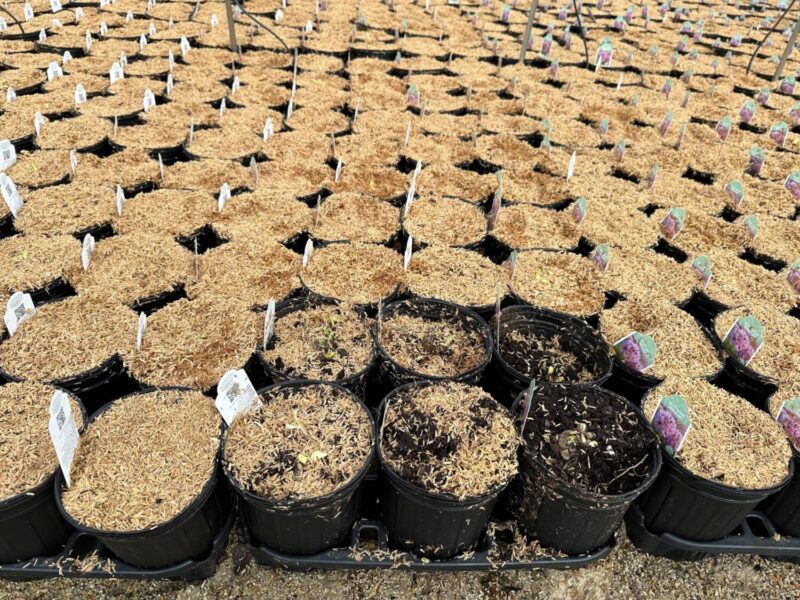
TIMING IS EVERYTHING
Another critical factor to consider when it comes to production planning is crop timing. Simply put, we need to have plants ready at the times customers want to buy them. But, for growers, this is sometimes easier said than done.
Production challenges may limit our ability to have certain crops available during the windows of time that they’re most in demand. Maybe we struggle to overwinter brunnera for spring sales, so we don’t have availability until summer, after they’re done blooming. In situations like these, we need to either solve our production issues or limit production of these varieties all together. Otherwise, we’ll be left with an excess of plants that are ready at a time when no one wants them.
We can also think of timing as it relates to crop turnover. Larger liners typically mean faster finishing times. Whether we propagate or outsource our liners, we should keep this in mind. The longer a plant is on the ground, the more cost it incurs. Lower turnover rates also allow more time for crops to develop insect or disease issues before they can be sold.
INVENTORY MANAGERS PLAY A MAJOR ROLE
In the nursery industry, inventory control goes far beyond counting plants. Our inventory managers are the link between production and sales. They’re responsible for determining which crops are saleable and when they can be sold.
Ensuring that crops are released to customers on time can be critical to improving inventory turnover and increasing productivity. Missing the ready date on a crop by even one week can translate to lost sales and plants that are left unsold at the end of the season.
Inventory managers also make important judgment calls when it comes to quality. A past-bloom perennial that is unacceptable for a retail customer may be perfect for a landscape project. Different customers have different needs, and understanding those differences allows us to maximize sell-through and take advantage of all potential sales opportunities.
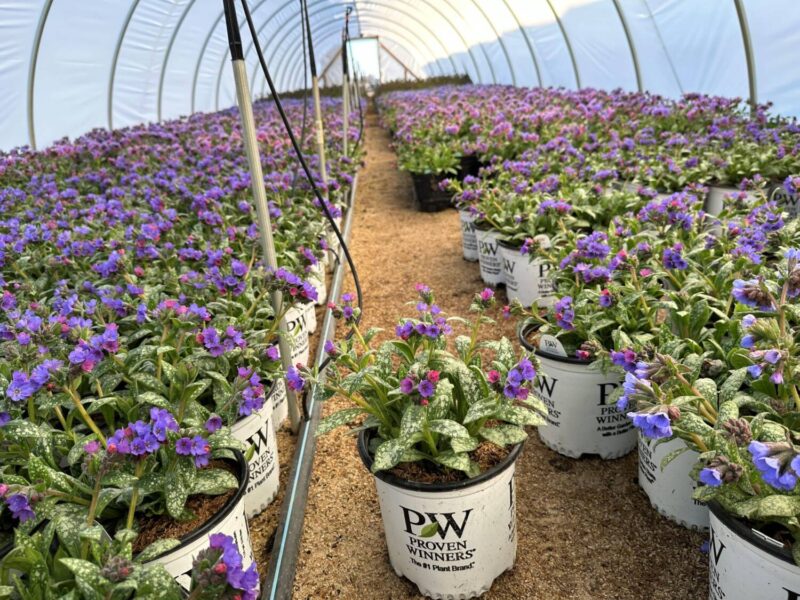
ENCOURAGING PROPER CULTURAL PRACTICES
Of course, good pest and disease management practices and proper cultural controls are absolutely necessary to limit shrink. By following an effective integrated pest management program, we can keep insect and disease pressures below threshold levels and reduce the number of plants that are removed from saleable inventory throughout the season.
Pest monitoring and detailed record keeping are also key to understanding the life cycles and emergence patterns of common pests and diseases so that we can prevent outbreaks before quality is affected.
When it comes to cultural practices, even the smallest changes can make a big impact. Teaching our pruning crews to sanitize tools in between crops, keeping growing areas clean and free of plant debris, making sure plants are spaced on time and implementing the proper overwintering practices are all great examples of this.
Even if we do everything right, we’ll never be able to eliminate shrink altogether. There will always be those plants that died even though we took every precaution to protect them, or that variety that unexpectedly fell out of favor one season and didn’t sell. But we can mitigate our losses if we lead by example and build a company culture that focuses on reducing losses wherever possible.

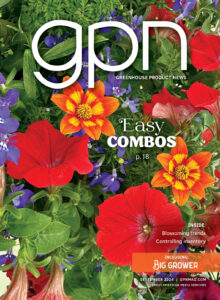
 Video Library
Video Library 


















